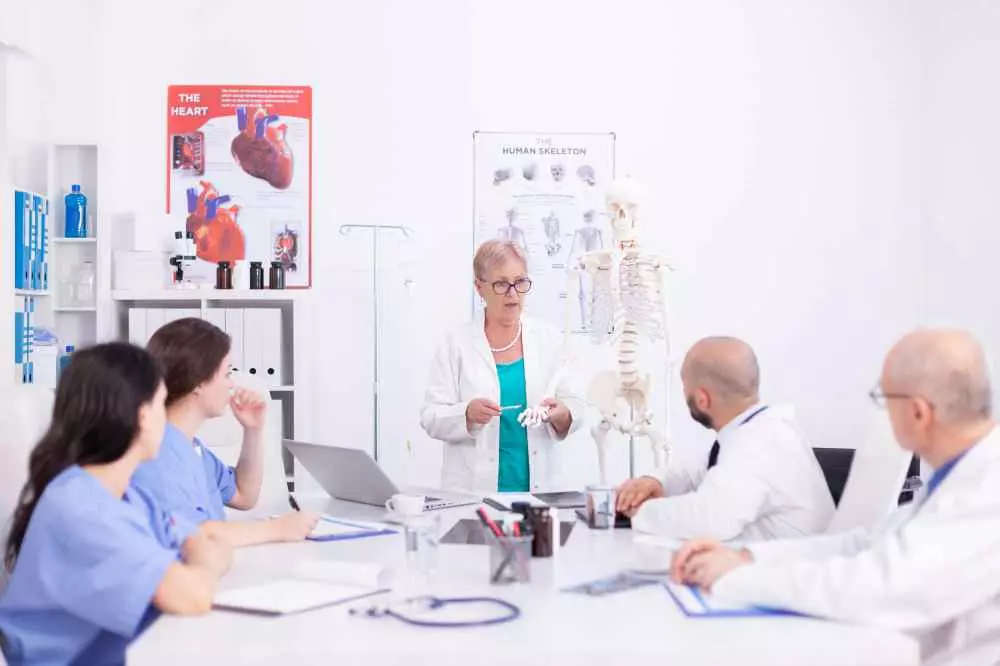Introduction to anatomy and its importance in science
Anatomy is the study of the body structure of organisms, which plays a key role in medicine, biology and related sciences. An understanding of anatomy is essential for doctors, biologists and students of life sciences to conduct research, diagnose diseases and perform effective surgical procedures.
Nowadays, thanks to advances in technology, the availability of information about anatomy has become easier than ever. The diversification of methods of presenting anatomy has significantly contributed to better assimilation of this knowledge by medical students and practitioners.
Traditional methods of teaching anatomy
Traditional methods of teaching anatomy, such as lectures or classic textbooks, still have their place in education. Lectures given by experienced lecturers enable students to acquire knowledge in a focused and systematic manner.
Anatomy textbooks contain detailed descriptions of the structures of the human body, their location and function. Many of these books are enriched with photographs and illustrations to help students better visualize the issues discussed. Although the traditional approach has its limitations, it is still an invaluable source of basic knowledge.
Use of technology in teaching anatomy
The use of modern technology in medical education has brought a revolution in the presentation of anatomy. Virtual reality (VR) and 3D modeling are becoming increasingly popular and introduce new possibilities for visualizing complex anatomical structures.
Students can now use interactive models that allow them to explore the human body from multiple angles. This immersive form of learning allows for a better understanding of the spatial organization of organs, which is more difficult to achieve using traditional methods.
Anatomical and surgical simulations
Another interesting method in presenting anatomy is anatomical simulations, which are used in medical education programs. Such simulations allow students to practice practical skills in diagnosis and surgical procedures.
Using the simulators, they can safely perform a variety of medical procedures, greatly reducing the risk of errors during actual patient procedures. These simulations are a very effective learning tool, as they combine theory with practice and allow students to gain experience.
Importance of anatomy in the context of cross-cultural education
In a global context, the diversity of cultures affects how anatomy is taught and presented. Many countries have different approaches to teaching, which can be both a challenge and an opportunity to enrich participants' knowledge.
The emergence of international exchange programs for the study of anatomy opens up new perspectives. Students from different cultures can share their experiences and discoveries, which fosters innovation in approaches to teaching anatomy.
Conclusions
The diversification of methods of teaching anatomy today is not only a necessity, but also an opportunity to increase the effectiveness of education. Thanks to modern technologies, simulations and international cooperation, future generations of students will gain better tools to understand and master this fundamental science.
With the constant changes in medicine and technology, it is imperative that anatomy teaching methods adapt to new trends and opportunities. Only then will education raise outstanding specialists ready for the challenges of the modern medical world.
